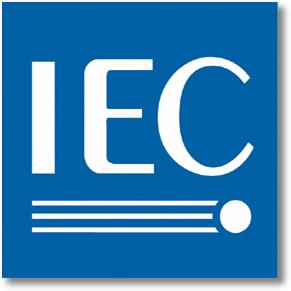
It is not possible to carry out any engineering design without references to Standards. Standards deal with a range of subjects from equipment design and selection, to installation and maintenance.
Standards take many forms including:
- Specifications for equipment, products and materials,
- Codes relating to procedures, practices, design and installation
- Methods of analysis and test
- Guides containing recommended procedures
- Glossaries of terms, and nomenclatures.
Standards seek to achieve fitness for purpose, simplified production and distribution, replacement interchangeability, adequate variety of choice without wasteful diversity, conservation of resources, commonality of interpretation in technical and scientific communication, and uniformity in regulations relating to safety of life and property.
Standards are prepared by a voluntary consensus process. The preparation is undertaken by representative committees embracing all interests concernedâ€â€manufacturers and suppliers, government departments and instrumentalities, professional and trade associations, academic and research organizations, purchasers, users and consumers.
Standards are not legal documents in themselves, but because of their convenience and the willingness of all parties to adopt them, many of them are called up in government legislations, and then become mandatory. Examples of mandatory standards are AS/NSZ 3000, National Electrical Code (NFPA 70), Philippine Electrical Code.
Standards represent accepted community practice and while compliance with Standards is not automatically mandatory by legislation, their compliance provides a significant defence in satisfying obligations under duty of care.
Standards are perhaps one of the best sources of information on engineering design which provide the minimum requirements.
IEC is the authority for international Standards in electrical and electronic engineering. It is composed of national committees in some 51 countries, formed to represent in international discussions all their national electrical and electronics interests, including manufacturers, users, trade associations, the engineering profession and government. IEC Standards, developed by over 200 Technical Committees and Sub-Committees, are used as the basis of national rules and Standards in over 100 countries, and for the purposes of international trade.